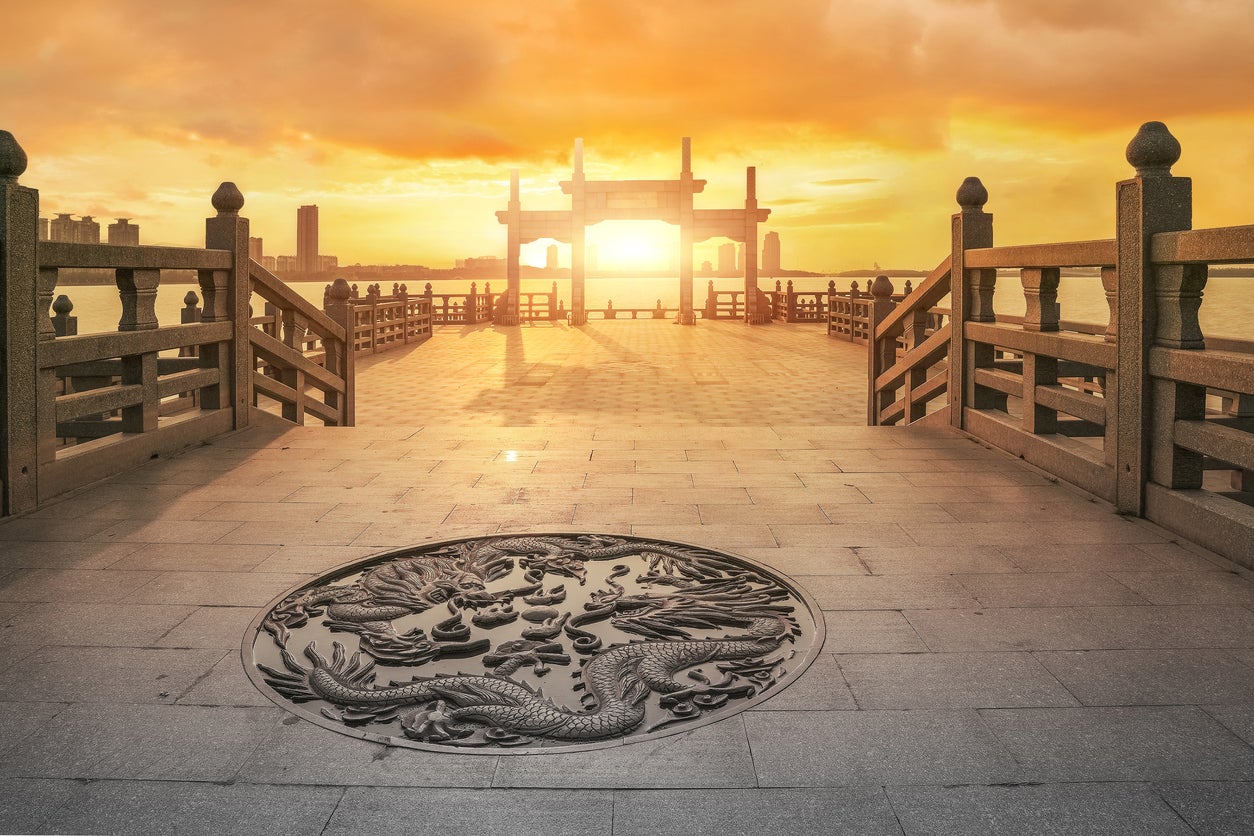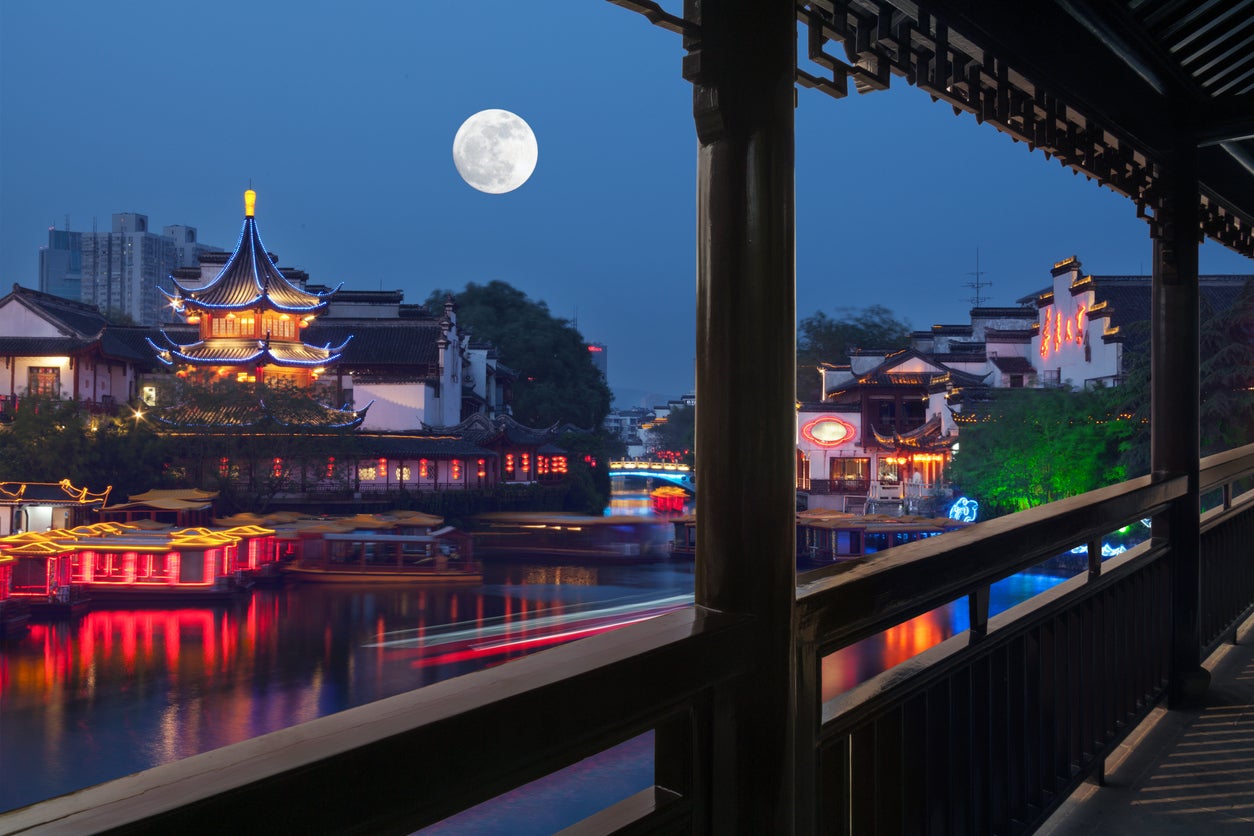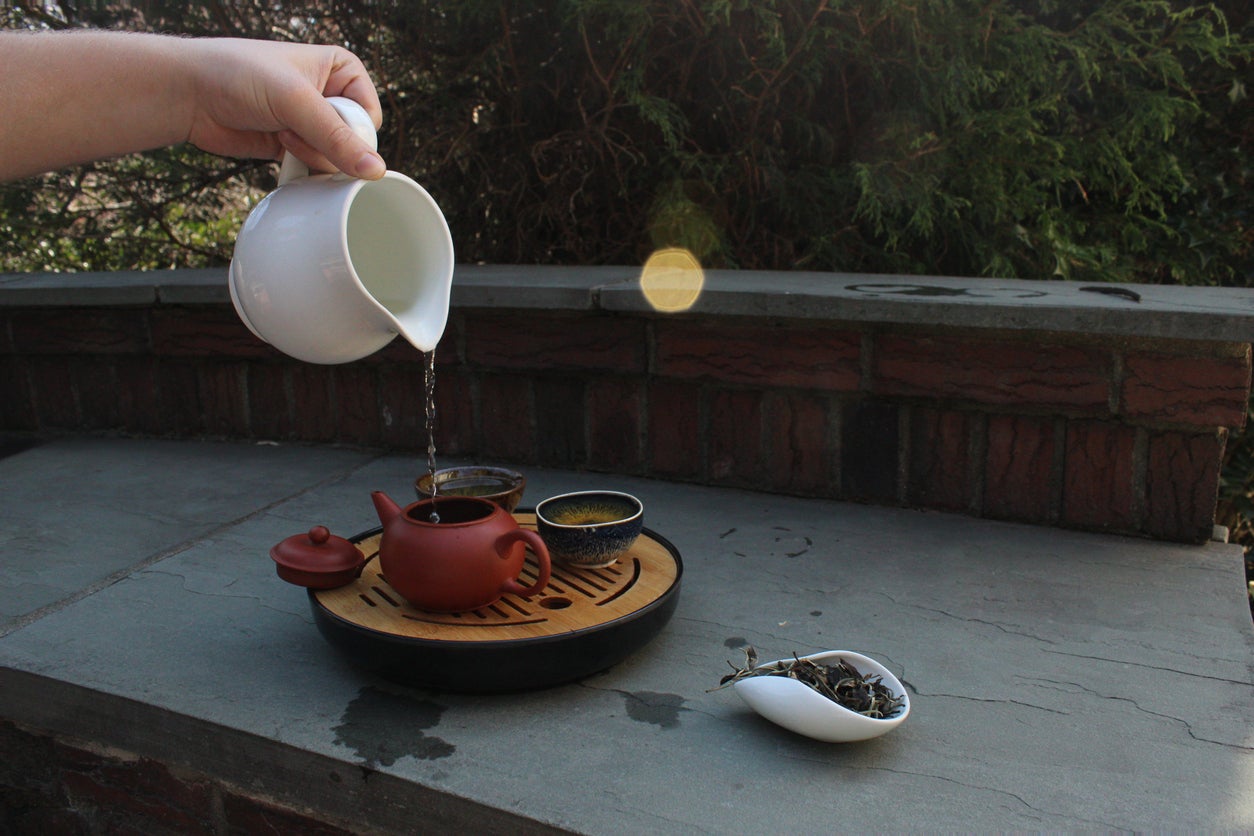Still off-limits: Why I can’t wait to get back to China
It started with a teapot. But, as Alex Robinson found out, there was so much more to taste in China’s most remote reaches


We’ve all done it: whiled away time with aimless googling. In my case, I’d been searching for antique teapots. Don’t ask me why. But a few desultory clicks had brought me to a simply-sculpted clay number – and a big surprise.
A million quid. For a teapot? You’ve got to be kidding. But this spout-focused rabbit hole was how I ended up discovering the city of Yixing – and taking a trip to a corner of China that defied my expectations.
I like to take chances. I’d never heard of Yixing or Jiangsu Province, where it lies. I knew little of China beyond the stereotypes, our interpretation of the food and what was on the news. I certainly didn’t expect a warm welcome, nor to find such a bewildering mix of ancient culture and glittering modernity; I thought China was all factories and smoking chimneys. Tradition had been destroyed in the name of proletarian progress, hadn’t it? Wasn’t that what happened in the Cultural Revolution?
Yixing quickly challenged my received wisdom. For a start, it’s gorgeous: a string of little villages with streets of medieval wooden shophouses, gathered over winding streams spanned by round-backed bridges. Centuries-old dragon kilns snaked into the hills above the shimmering Taihu Lake. Watching over it all was Huanglong – a craggy mountain of dark-purple clay. Locals have been gouging out that clay for teapots for more than a thousand years.

There was no technical courtesy in Yixing’s tiny craft shops. Genuinely friendly locals offered fragrant green tea, boiled precisely in a glass kettle to 95 degrees and served in paper-thin porcelain. They chatted warmly about family life and travel. And after conviviality, they pulled out the teapots, handling them as carefully as a Venetian glassblower would hold a precious lampshade. They were exquisite... dark brown and purple coil-pots covered with filigree flower patterns as delicately sculpted as a Rococo altarpiece.
Ancient culture is alive in China. In fact, according to my guides, it was undergoing a revival. They pointed out newly constructed Buddhist pagodas. But to understand China as lived by the Chinese, they said I would need to see Jiangsu’s capital: Nanjing. So we hopped on the bullet train: a porcelain-white torpedo of metal with cool, sleek interiors as quiet as a summer breeze. It whisked us to Nanjing at 350km an hour – past rice fields, highways and lakes.
“There are now quite a few bullet trains in China,” Bochao told me en route, with characteristic understatement. I later learned that they cover more than 40,000km of the country, stretching from Harbin, near the northeastern border with Siberia, to the magnolia forests of Kunming in the tropical southwest.
We hopped on the bullet train: a porcelain-white torpedo of metal with cool, sleek interiors as quiet as a summer breeze
The bullet train oozed into the Singapore-slick railway station in Nanjing – all gleaming metal and glass – and we caught a cab into the city. Well, I should say into the cities, plural. Nanjing is like China in microcosm, ancient and modern swirling together. In the old city, Confucius gazes from under the thousand-year-old gables of the Fuzimiao temple over neon skyscrapers shimmering in the placid Qinhuai River. Commuters on e-scooters whisk past wooden buildings clustered in narrow streets, barbers clip hair al fresco under the ancient brick walls, and tea houses serve green tea and cakes to Chinese fashionistas with purple hair in gongfu ceremonies that date back centuries.
There’s a sparkling skyscraper city, too. The suburb of new Nanjing glistens next to old Nanjing in vast towers of shimmering steel and glass, stadiums and bridges, rushing roads and massive malls. It was built in around a decade. And it’s bigger than Birmingham.

I spent a day or two wandering open-mouthed – getting lost in the maze of Old Nanjing’s streets. I chanced upon the 600-year-old Zhanyuan Garden, where little brooks tinkle through whitewashed, round gates over Salvador Dali boulders surrounded by lush bamboos. In the museum I saw relics of the first Nanjing – built when we were completing Stonehenge. I visited Xuanwu lake, where five forested islands dotted with pagodas, pavilions and teak wood tea houses are linked together with arched bridges. And on my final morning, I clambered up the vast stone steps leading up Purple Mountain to the hulking Sun Yat-Sen Mausoleum – dedicated to the physician-turned-statesman who planned and fundraised a revolution that overthrew the mighty Qing dynasty.
That night, Bochao and Xiao took me to a fashionable glass-walled restaurant next to Nanjing’s medieval moat. We chatted about Jane Austen, 5G and world travel. On the table next to us a beautiful young couple – she wearing a silk qipao dress, he a thick cotton shirt embroidered with silver dragons – tucked into Nanjing roast duck and steamed buns. Black 5G phones sat next to them like miniature 2001 monoliths. Bochao presented me with a gift, beautifully wrapped in rice paper and sitting in a silk-lined box. It was a beautiful Yixing teapot.
Bochao presented me with a gift, wrapped in rice paper and sitting in a silk-lined box. It was a beautiful Yixing teapot
“It’s not worth a million pounds,” he said, “but make tea in it, think of China and come back soon. There’s lots to see – the old mosques of Xian and the Silk Road markets, the misty mountains of Hunan, the Mekong river forests of Yunan, the Forbidden City and the million-terraced rice fields of Longji. And you can reach them all by bullet train.”
With that, he and Xiao toasted my return with Huangjiu golden wine. I have a bottle sitting in front of me here at home. The pandemic shutdown is easing for most of the world, and as I sip the rich, honeyed liquid, I think of China in all its vastness and ancient modernity, of the warmth of its people and their complexity. The country holds so much of the past, and so much of the future. I long to return and understand it more.






Join our commenting forum
Join thought-provoking conversations, follow other Independent readers and see their replies
Comments